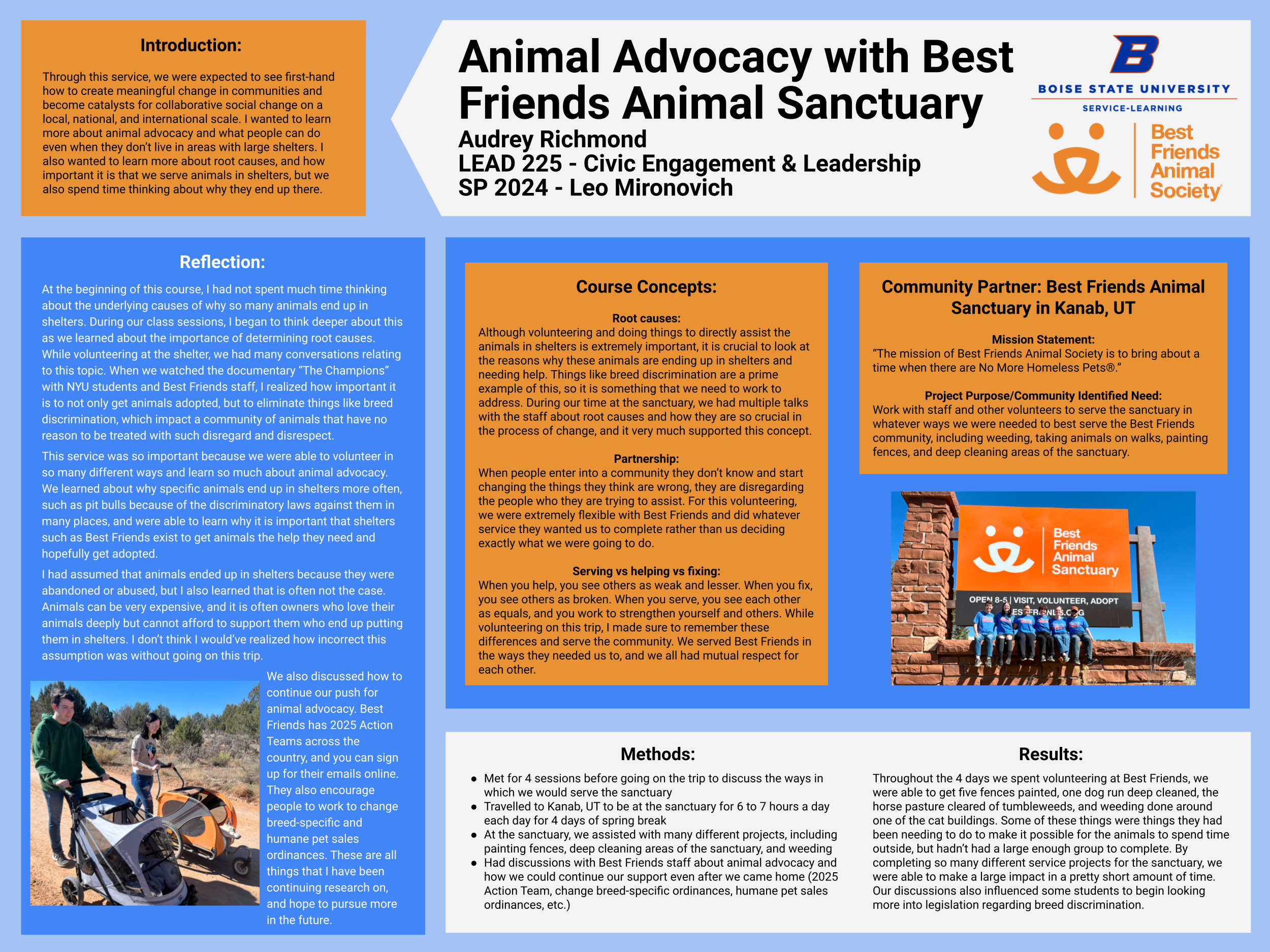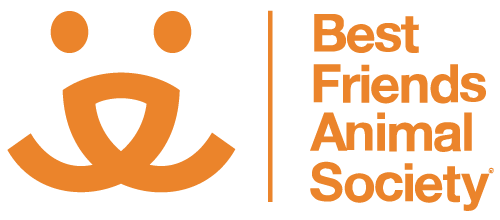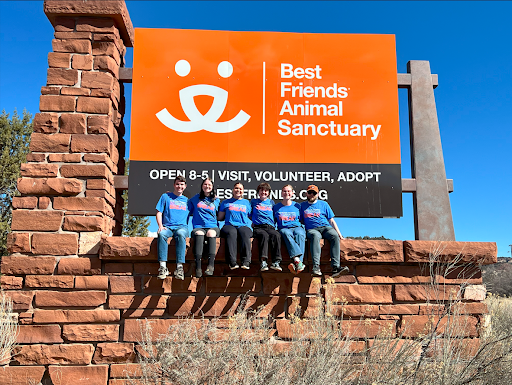Audrey Richmond
Leo Mironovich – LEAD 225
Best Friends Animal Sanctuary

Introduction
Learning Goals:
Through this service, we were expected to see first-hand how to create meaningful change in communities and become catalysts for collaborative social change on a local, national, and international scale. I wanted to learn more about animal advocacy and what people can do even when they don’t live in areas with large shelters. I also wanted to learn more about root causes, and how important it is that we serve animals in shelters, but we also spend time thinking about why they end up there.
Reflection
At the beginning of this course, I had not spent much time thinking about the underlying causes of why so many animals end up in shelters. During our class sessions, I began to think deeper about this as we learned about the importance of determining root causes. While volunteering at the shelter, we had many conversations relating to this topic. When we watched the documentary “The Champions” with NYU students and Best Friends staff, I realized how important it is to not only get animals adopted, but to eliminate things like breed discrimination, which impact a community of animals that have no reason to be treated with such disregard and disrespect.
This service was so important because we were able to volunteer in so many different ways and learn so much about animal advocacy. We learned about why specific animals end up in shelters more often, such as pit bulls because of the discriminatory laws against them in many places, and were able to learn why it is important that shelters such as Best Friends exist to get animals the help they need and hopefully get adopted.
I had assumed that animals ended up in shelters because they were abandoned or abused, but I also learned that is often not the case. Animals can be very expensive, and it is often owners who love their animals deeply but cannot afford to support them who end up putting them in shelters. I don’t think I would’ve realized how incorrect this assumption was without going on this trip.
We also discussed how to continue our push for animal advocacy. Best Friends has 2025 Action Teams across the country, and you can sign up for their emails online. They also encourage people to work to change breed-specific and humane pet sales ordinances. These are all things that I have been continuing research on, and hope to pursue more in the future.
Community Partner: Best Friends Animal Sanctuary in Kanab, UT

Mission Statement:
“The mission of Best Friends Animal Society is to bring about a time when there are No More Homeless Pets®.”
Project Purpose/Community Identified Need:
Work with staff and other volunteers to serve the sanctuary in whatever ways we were needed to best serve the Best Friends community, including weeding, taking animals on walks, painting fences, and deep cleaning areas of the sanctuary.
Course Concepts
Root causes:
Although volunteering and doing things to directly assist the animals in shelters is extremely important, it is crucial to look at the reasons why these animals are ending up in shelters and needing help. Things like breed discrimination are a prime example of this, so it is something that we need to work to address. During our time at the sanctuary, we had multiple talks with the staff about root causes and how they are so crucial in the process of change, and it very much supported this concept.
 Partnership:
Partnership:
When people enter into a community they don’t know and start changing the things they think are wrong, they are disregarding the people who they are trying to assist. For this volunteering, we were extremely flexible with Best Friends and did whatever service they wanted us to complete rather than us deciding exactly what we were going to do.
Serving vs helping vs fixing:
When you help, you see others as weak and lesser. When you fix, you see others as broken. When you serve, you see each other as equals, and you work to strengthen yourself and others. While volunteering on this trip, I made sure to remember these differences and serve the community. We served Best Friends in the ways they needed us to, and we all had mutual respect for each other.
Methods
- Met for 4 sessions before going on the trip to discuss the ways in which we would serve the sanctuary
- Travelled to Kanab, UT to be at the sanctuary for 6 to 7 hours a day each day for 4 days of spring break
- At the sanctuary, we assisted with many different projects, including painting fences, deep cleaning areas of the sanctuary, and weeding
- Had discussions with Best Friends staff about animal advocacy and how we could continue our support even after we came home (2025 Action Team, change breed-specific ordinances, humane pet sales ordinances, etc.)
Results

Throughout the 4 days we spent volunteering at Best Friends, we were able to get five fences painted, one dog run deep cleaned, the horse pasture cleared of tumbleweeds, and weeding done around one of the cat buildings. Some of these things were things they had been needing to do to make it possible for the animals to spend time outside, but hadn’t had a large enough group to complete. By completing so many different service projects for the sanctuary, we were able to make a large impact in a pretty short amount of time. Our discussions also influenced some students to begin looking more into legislation regarding breed discrimination.